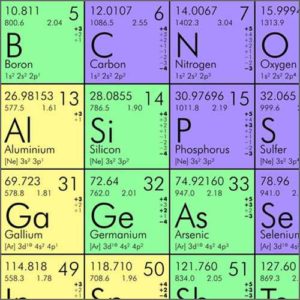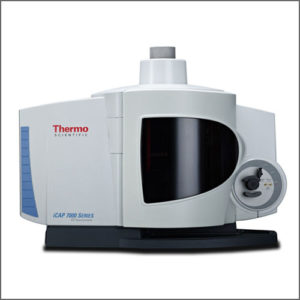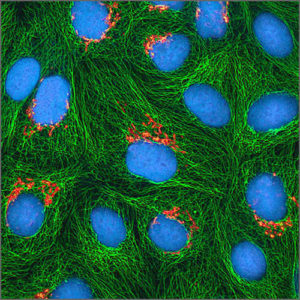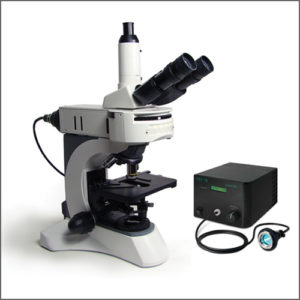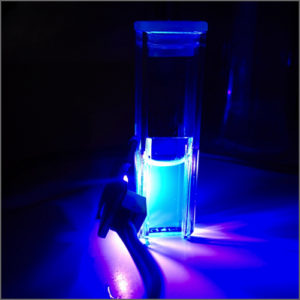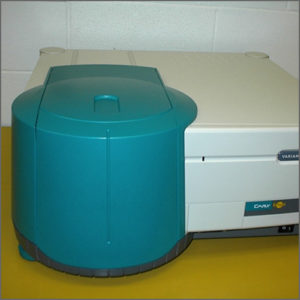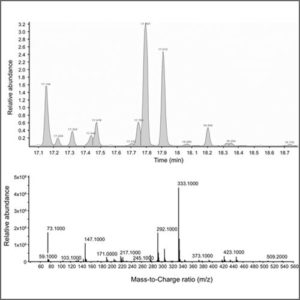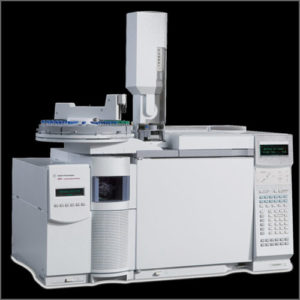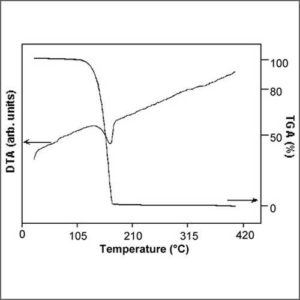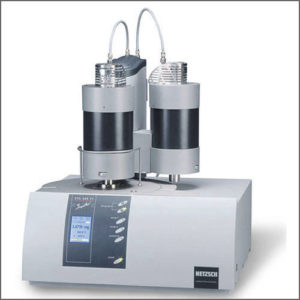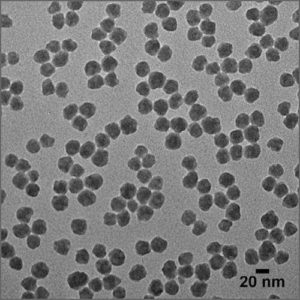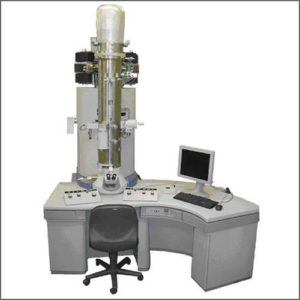Inductively Coupled Plasma – Optical Emission Spectrometry (ICP-OES)
ICP-OES is an analytical technique for the detection of trace metals in a sample using the emission spectra from the sample.
- Description
| Testing Method | Inductively Coupled Plasma – Optical Emission Spectrometry (ICP-OES) |
| Description | Inductively coupled plasma – optical emission spectrometry (ICP-OES) is an analytical technique used for the detection of trace metals. It is a type of emission spectroscopy that uses the inductively coupled plasma to produce excited atoms and ions that emit electromagnetic radiation at wavelengths characteristic of a particular element. It is a flame technique with a flame temperature in a range from 6000 to 10000 K. The intensity of this emission is indicative of the concentration of the element within the sample.
Examples of the application of ICP-AES include the determination of metals in wine, arsenic in food, and trace elements bound to proteins. ICP-OES is widely used in minerals processing to provide the data on grades of various streams, for the construction of mass balances.
ICP-AES is often used for analysis of trace elements in soil, and it is for that reason it is often used in forensics to ascertain the origin of soil samples found at crime scenes or on victims etc. Taking one sample from a control and determining the metal composition and taking the sample obtained from evidence and determine that metal composition allows a comparison to be made. While soil evidence may not stand alone in court it certainly strengthens other evidence.
It is also fast becoming the analytical method of choice for the determination of nutrient levels in agricultural soils. This information is then used to calculate the amount of fertiliser required to maximise crop yield and quality. |
| More Information | Wikipedia: Inductively Coupled Plasma – Optical Emission Spectrometry |

